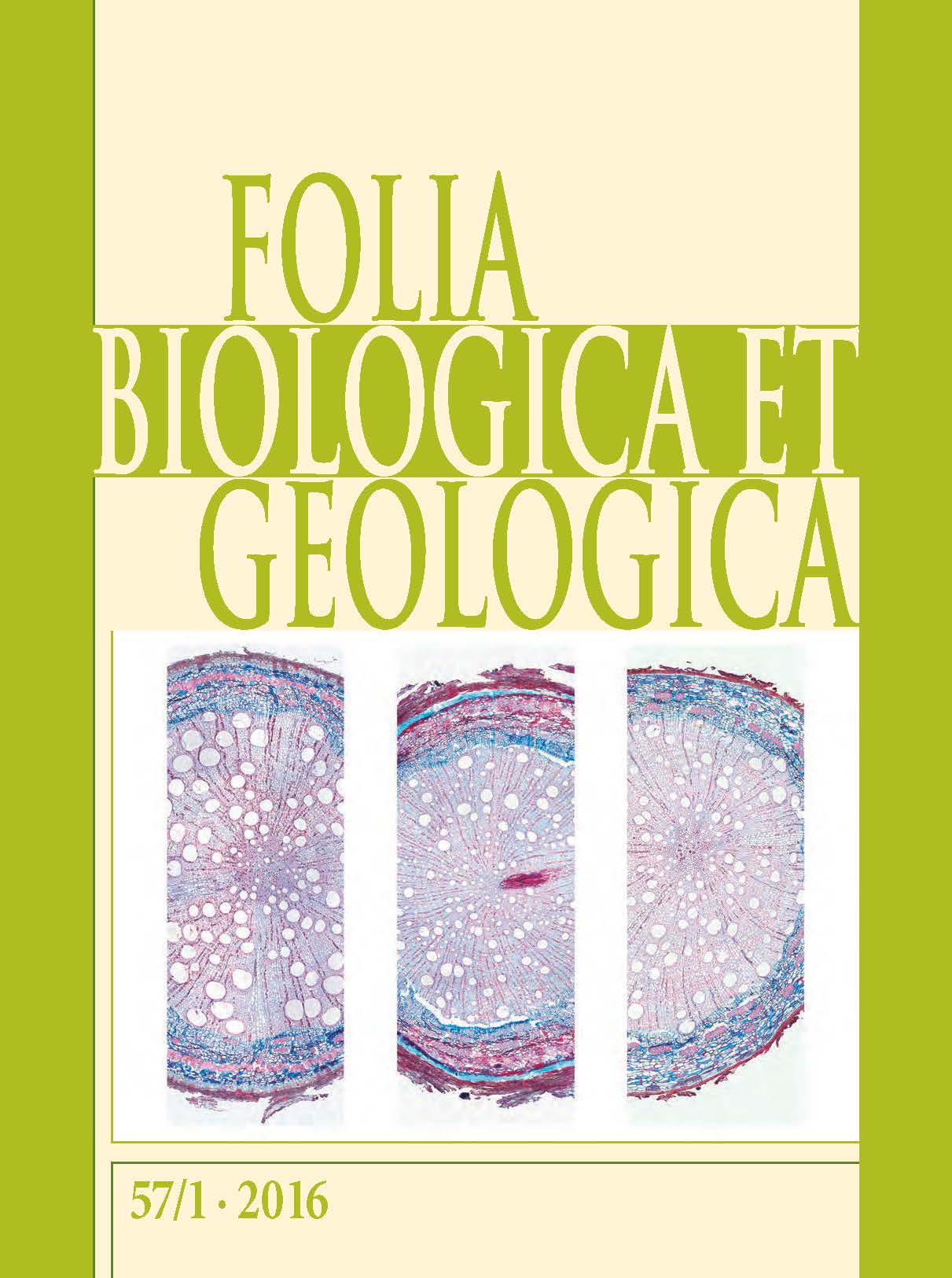Paleogenski morski ježki iz osrednjega dela zahodne Slovenije / Paleogene sea urchins from central part of west Slovenia
DOI:
https://doi.org/10.3986/fbg0005Abstract
V prispevku so obravnavani morski ježki iz paleogenskih skladov osrednjega dela zahodne Slovenije. Njihova številna najdišča so v Goriških brdih, na širšem območju Vipavske doline, v Braniški dolini in na Vremščici. Obravnavani so izključno nepravilni morski ježki, primerki pravilnih niso najdeni. Ugotovljeni mikrofosili v najdiščih kažejo na njihovo spodnjeeocensko – cuisijsko starost. Največ primerkov je iz družin reda Spatangoida L. Agassiz, 1840.
Ključne besede: morski ježki, paleogen, eocen, Goriška brda, Vipavska dolina, Braniška dolina, Vremščica, Slovenija
The contribution deals with sea urchins in Paleogene beds of central western Slovenia. Their numerous localities occur at Goriška brda, in wider environs of Vipava river valley, in Branik valley and on Mt. Vremščica. Studied were exclusively the irregular sea urchins, since no regular forms were found. Microfossils found at localities indicate the Lower Eocene – Cuisian age. The most frequent specimens belong to families of order Spatangoida L. Agassiz, 1840.
Key words: sea urchins, Paleogene, Eocene, Goriška brda, Vipavska dolina, Braniška dolina, Vremščica, Slovenia




